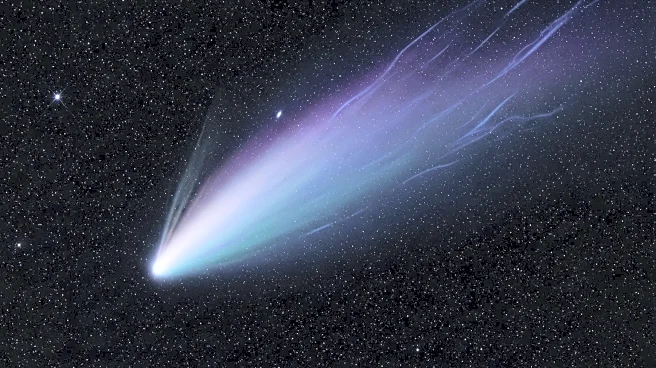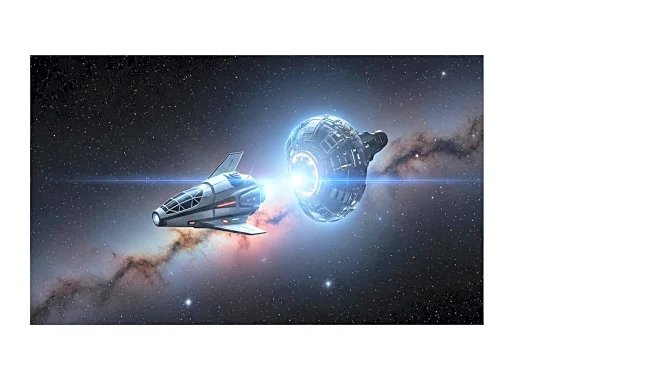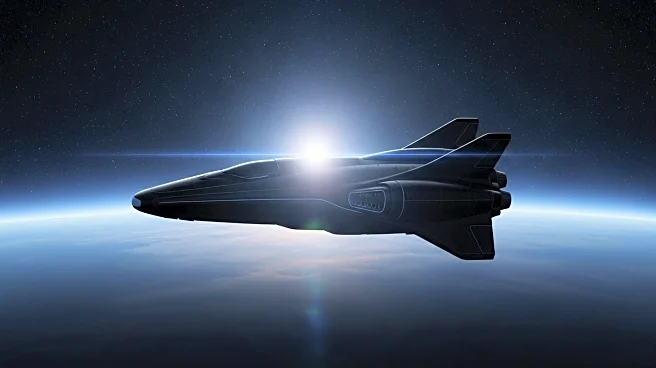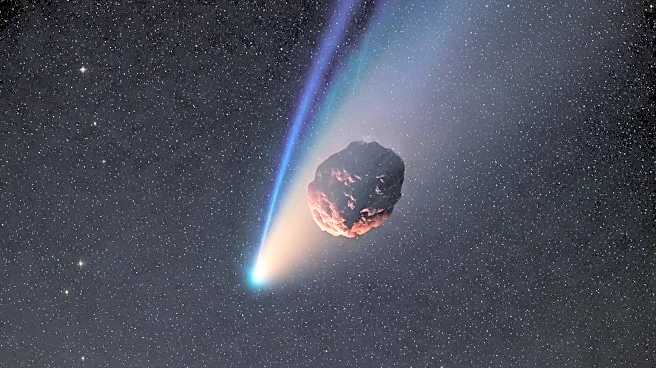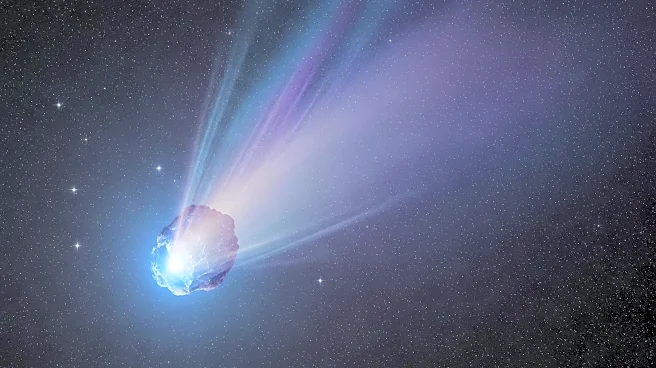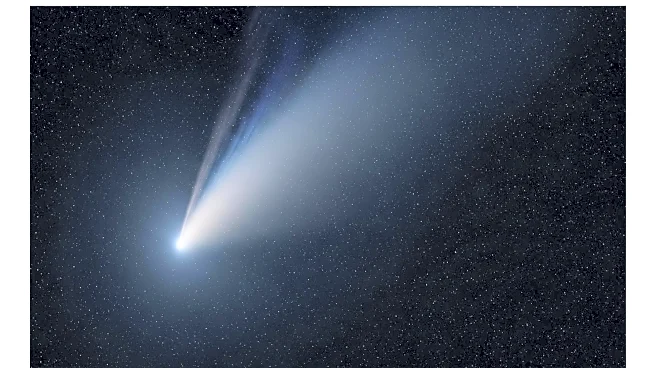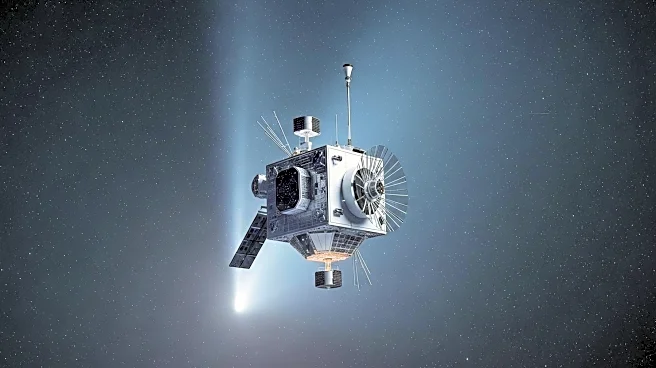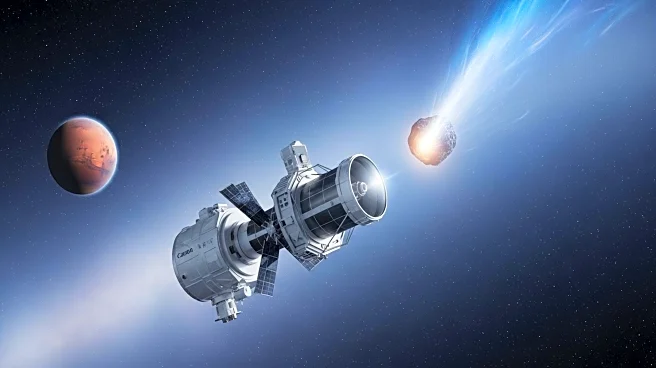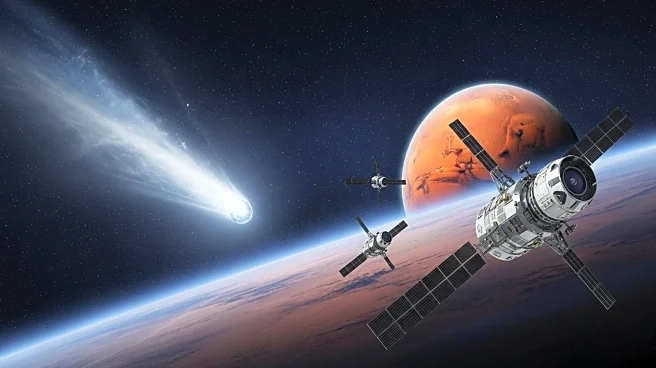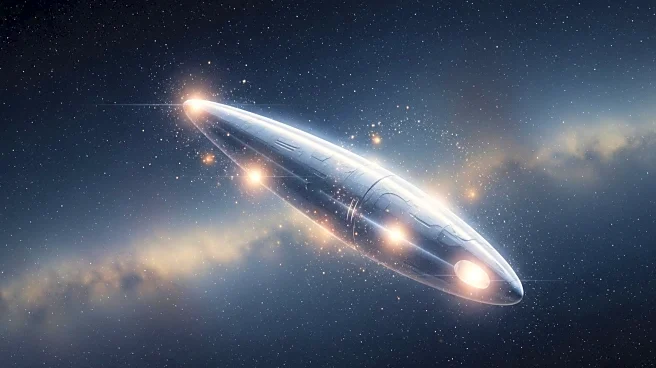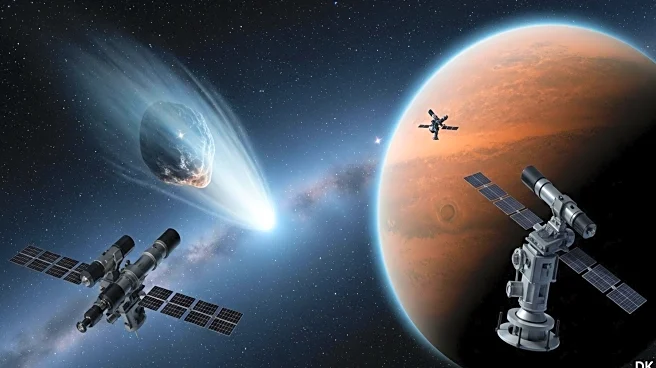What is the story about?
What's Happening?
Rumors have circulated on social media suggesting that comet 3I/ATLAS is on a collision course with Earth. Detected by NASA's ATLAS telescope, the comet is traveling at a record speed of 210,000 kilometers per hour. Despite online speculation, NASA and the European Space Agency have confirmed that the comet poses no threat to Earth, with its closest approach being 270 million kilometers away. The comet's rapid speed and interstellar origin have sparked interest among scientists, providing a rare opportunity to study an interstellar visitor.
Why It's Important?
The rumors surrounding comet 3I/ATLAS highlight the impact of misinformation on public perception and the importance of accurate scientific communication. While the comet does not pose a threat, its study offers valuable insights into interstellar objects and their behavior. The event underscores the need for clear communication from scientific agencies to prevent panic and misinformation. Additionally, the comet's speed and trajectory provide a unique opportunity for astronomers to study its characteristics and origins.
What's Next?
NASA plans to continue observing comet 3I/ATLAS as it approaches the sun on October 30, 2025. These observations will help scientists estimate the size of the comet's nucleus and understand its composition. The study of this comet may contribute to broader research on interstellar objects and their impact on our solar system. As the comet continues its journey, scientists will monitor its behavior and gather data to enhance our understanding of such cosmic phenomena.
Beyond the Headlines
The event highlights the role of social media in spreading misinformation and the challenges faced by scientific agencies in addressing public concerns. It also emphasizes the importance of international collaboration in monitoring and studying celestial objects. The comet's journey through the solar system serves as a reminder of the vastness and complexity of space, encouraging further exploration and study.
AI Generated Content
Do you find this article useful?
